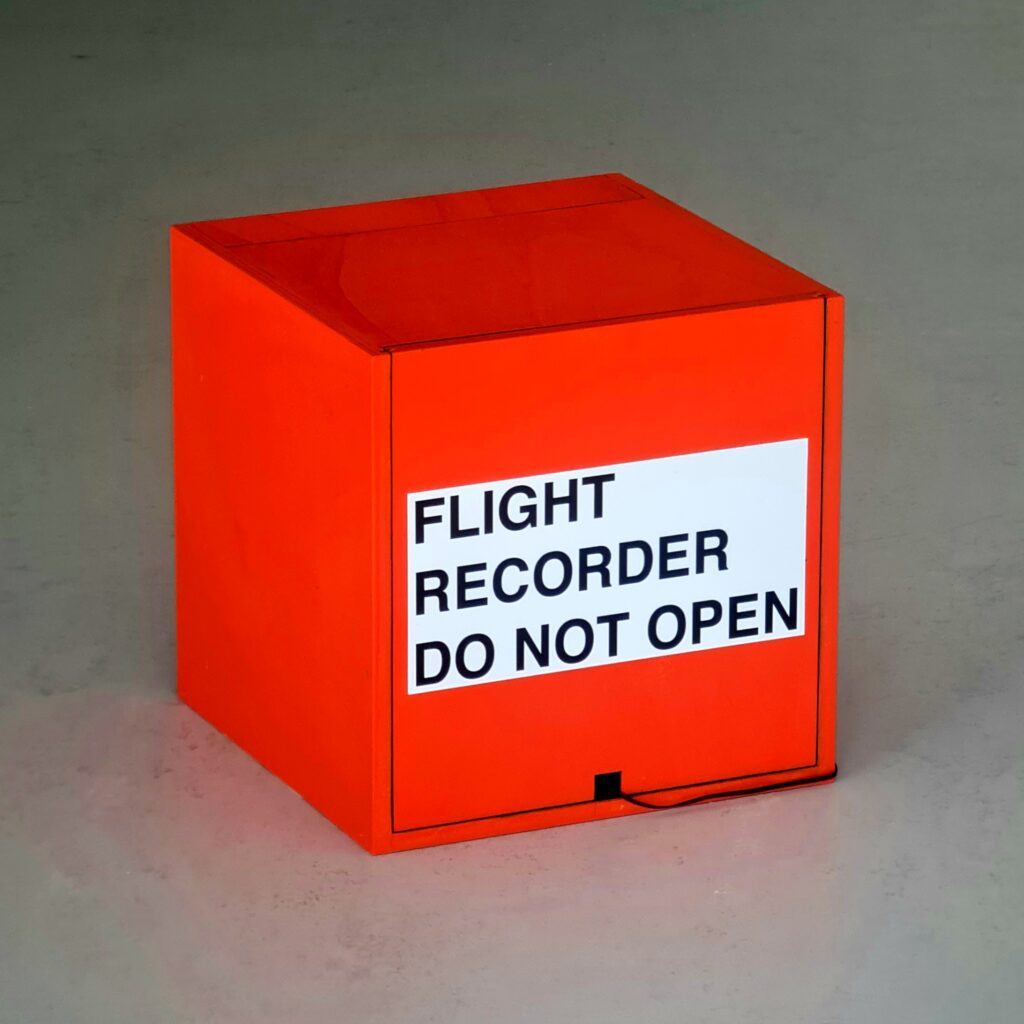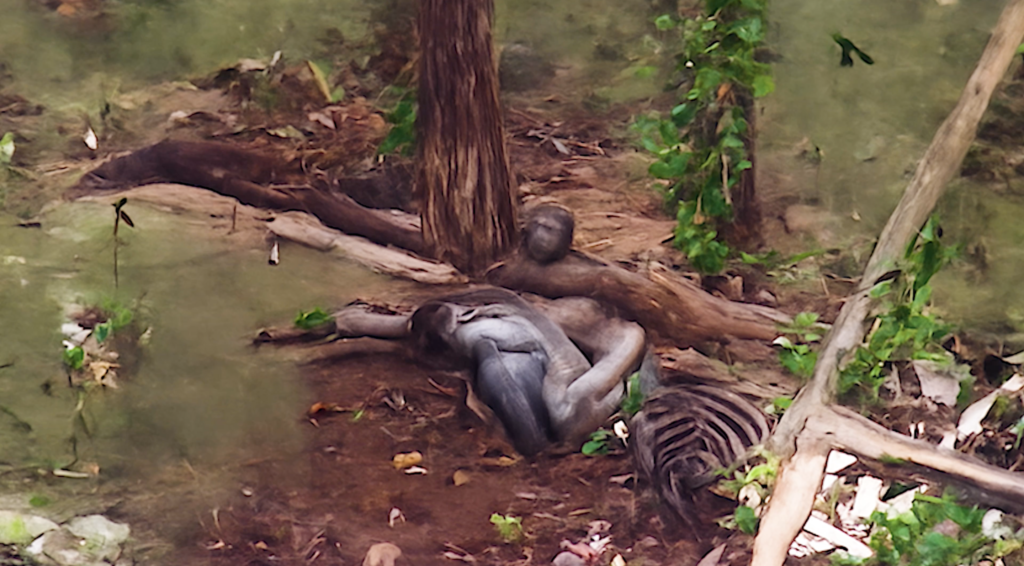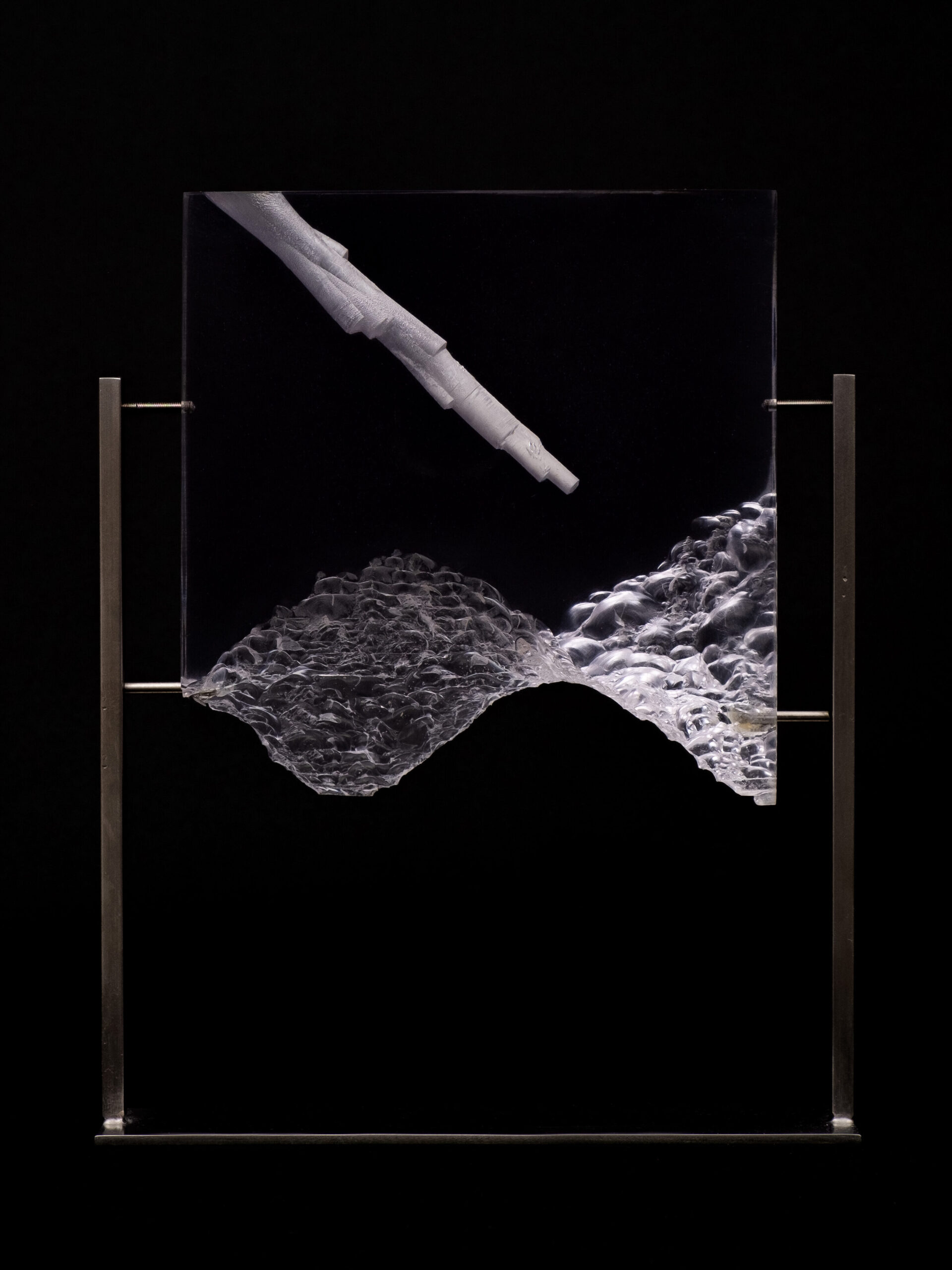Type: research, design, installation, film
Theme: politics and space
Special thanks: Video is made in collaboration with Tanja Busking
Creative coding and AI by Soyun Park & Cailean Finn
Year: 2020 - 2022
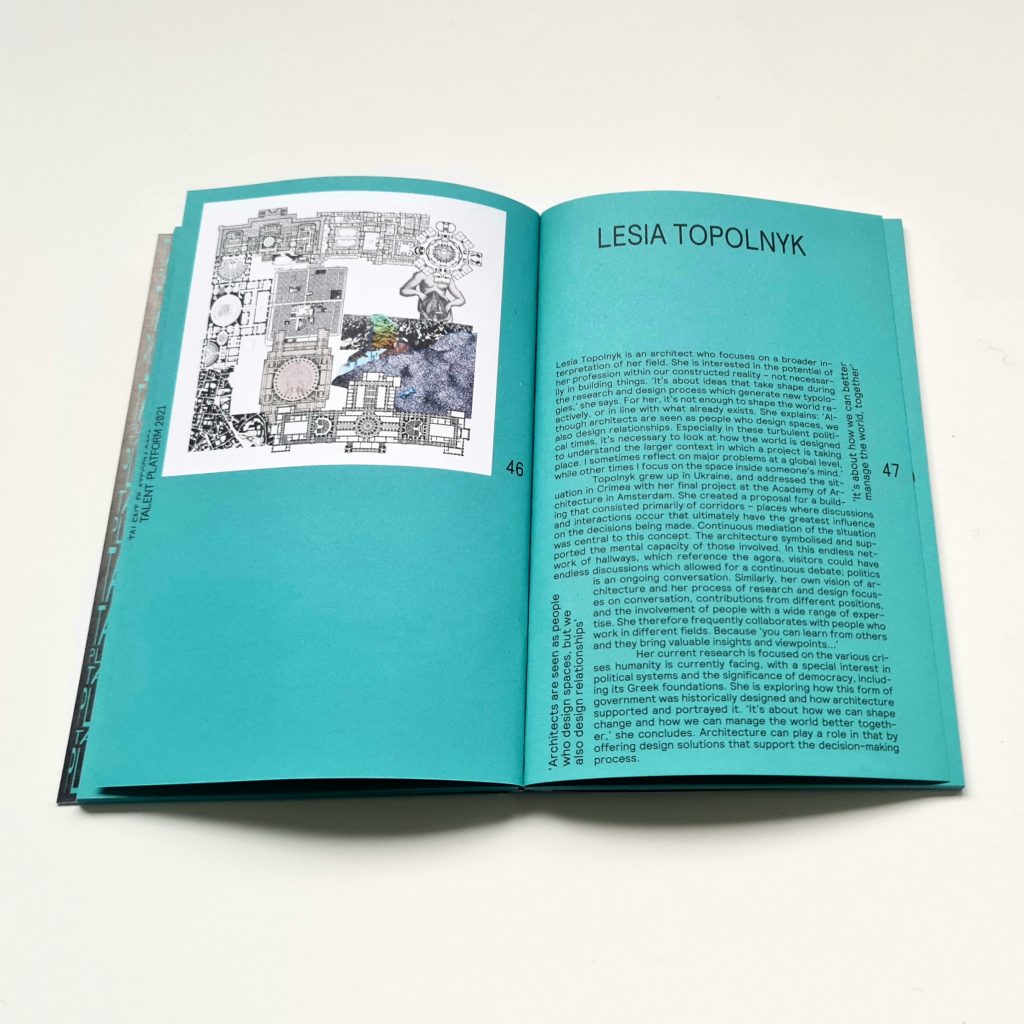
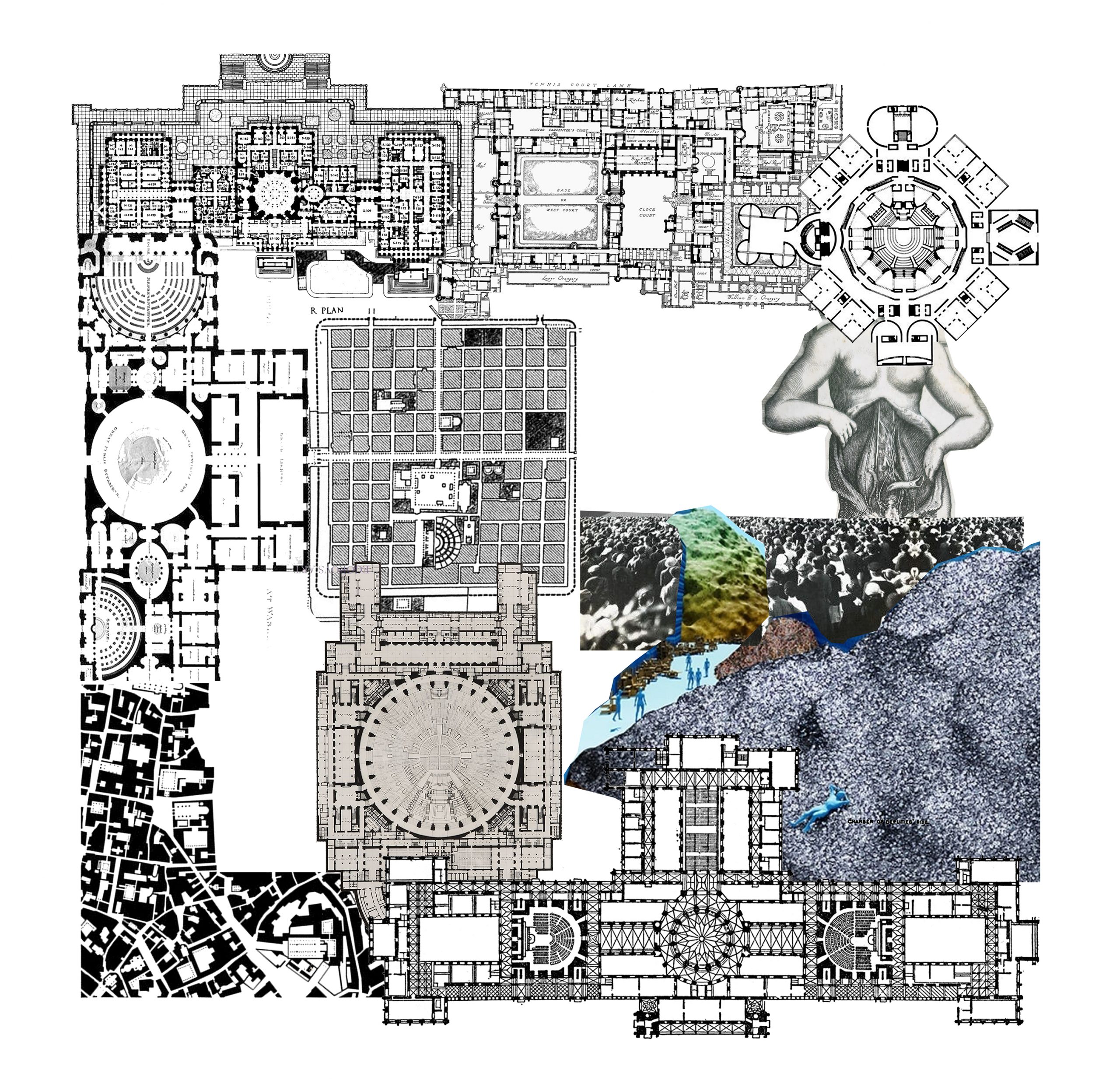
Architecture of Perpetual Instability is an ongoing research on the various crises humanity is currently facing, with a special interest in political systems and the significance of democracy, including its Greek foundations. The project explores how this form of government was historically designed and how architecture supported and portrayed it.
With global power structures in transition, the role of international organizations in shaping societies has become crucial. History shows that crises such as wars, famines and pandemics have been associated with seismic political changes. Decision-making institutions are currently compelled to reinvent themselves to cope with issues of multilateralism and simultaneous fragmentation in the global political arena. As UN Secretary-General António Guterres has noted, this “is the greatest test that we have faced since the formation of the United Nations”.
There is a fundamental contradiction between crisis phenomena that ‘know’ no borders and a political system that reifies borders for defence. During the current pandemic, for example, migrants have been caught up in strained relations between municipal and national government. This highlights the need for deinstitutionalisation, informal decision-making and a greater variety of decision-making institutions. More than ever, citizens now want to understand and participate in governmental and parliamentary decision-making because many of the decisions affect them concretely and personally. I see this as an opportunity to radically enhance democracy, as many citizens feel disconnected from national and international – including EU – politics.
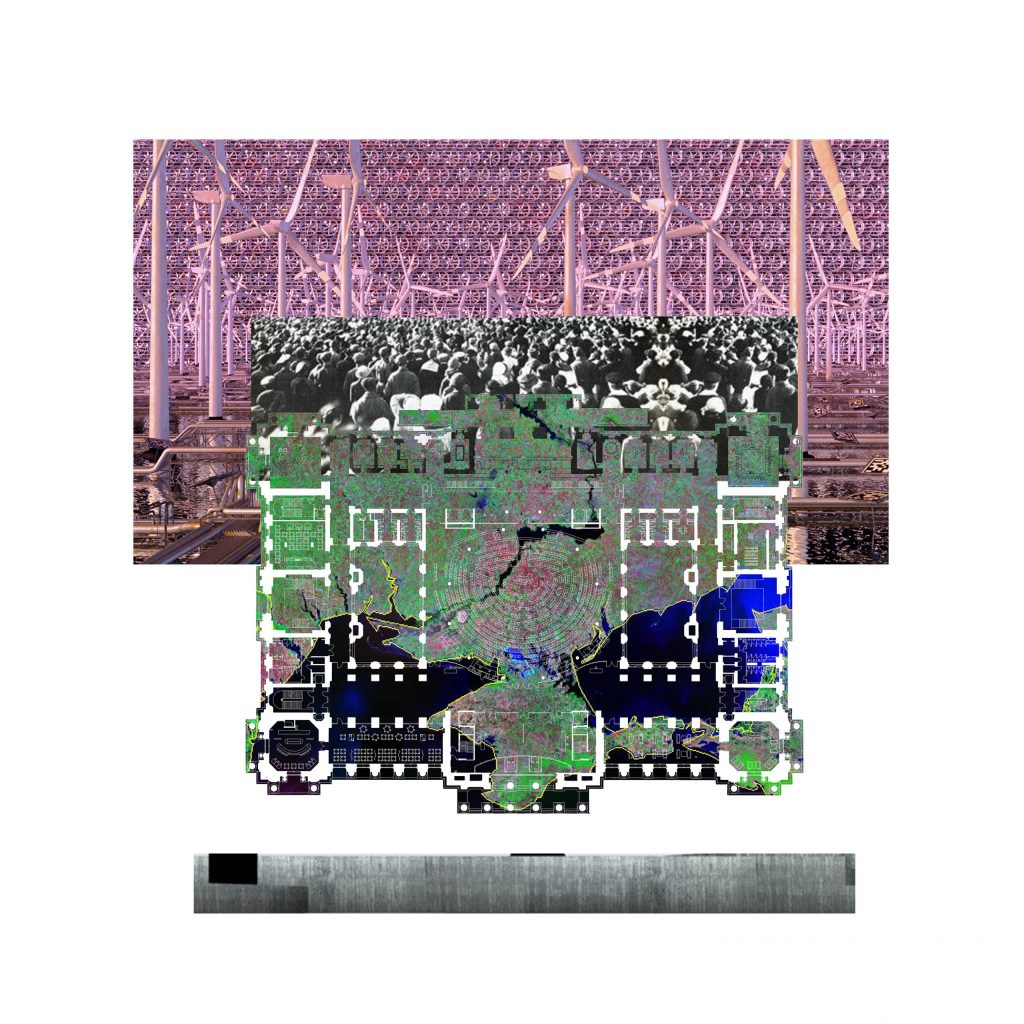
Emergence of data-based surveillance systems and other mechanisms to control COVID-19 are influencing the work of political structures and organizations. For the first time in history, an ‘invisible’, fear-based global power structure is growing beyond the control of political entities.
Since the founding of the League of Nations in 1920, it has often been noted that the functioning of such international institutions is jeopardised by the heterogeneity of their component parts. Project examines prospects for evolution of a network of international institutions such as NATO, the European Parliament, the EU Court of Justice and the European Central Bank.

Currently, buildings of international institutions seem to be perceived merely as containers for politics. Recently, NATO moved its headquarters to Brussels. Although the institution has an enormous impact on city and regional dynamics, its architecture and contextual integration were not the subject of a broad-based open discussion. Here, there is a key role for design thinking to mediate between political forces and the social realm.
